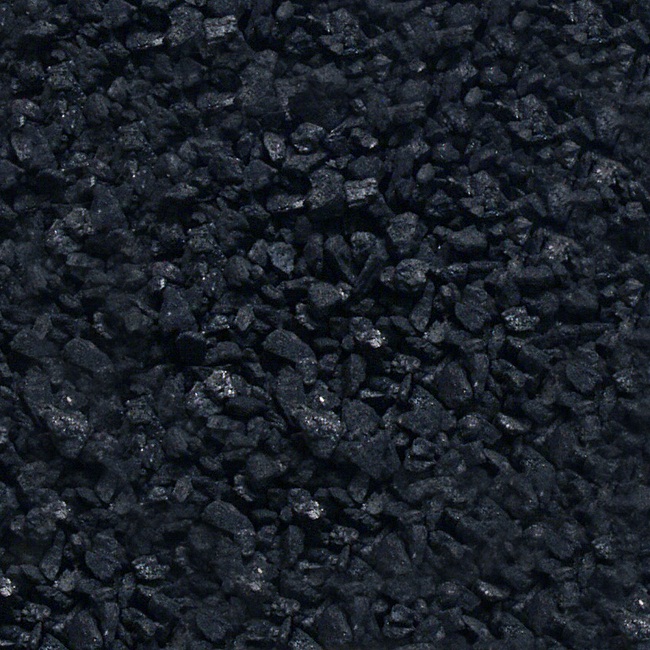Identity.
Carbon is the fourth most abundant element in the universe and is the
building block of life on earth. On earth, carbon circulates through
the land, ocean, and atmosphere, creating what is known as the Carbon
Cycle.
Atomic Structure:
The atomic structure of carbon consists of a nucleus with 6 protons
and 6 or 7 neutrons, surrounded by a cloud of 6 electrons distributed
in two shells. The chemical symbol for carbon is C and its atomic
number is 6. The outermost shell, or valence shell, has four electrons
that can form various chemical bonds.
History.
Carbon was first formed in the Big Bang, the event that created the
universe. In the early universe, carbon was mostly in the form of
hydrogen and helium. As the universe expanded and cooled, carbon began
to form through nuclear fusion reactions. These reactions occurred in
stars, where the intense heat and pressure caused hydrogen and helium
atoms to fuse together to form carbon. Over time, stars began to die
and release their carbon into the interstellar medium. This carbon was
then incorporated into new stars and planets, including Earth. On
Earth, carbon is found in a variety of forms, including graphite,
diamond, and coal. It is also found in the atmosphere, oceans, and
soil.
Carbon is essential for life on Earth because it is the building
block of all organic molecules. Organic molecules are the
molecules that make up living things, and they are responsible for
all of the functions of life. Carbon is also essential for the
cycling of nutrients in the environment.
The history of carbon is a complex and fascinating topic that is
still being studied by scientists today. As we learn more about
carbon, we will gain a better understanding of the universe and
our place in it.
Sources.
Carbon is a chemical element with the symbol C and atomic number 6. It
is a nonmetallic element that belongs to Group 14 on the periodic
table. Carbon is one of the most abundant elements in the universe and
is the basis of all known life. Carbon exists in many different forms,
including graphite, diamond, and fullerene. Graphite is a soft, black
mineral that is used to make pencils and lubricants. Diamond is a
hard, transparent mineral that is used in jewelry and industrial
applications. Fullerene is a molecule that consists of carbon atoms
arranged in a hollow sphere, ellipsoid, or tube.
Carbon is the source of all organic molecules, which are molecules
that contain carbon atoms. Organic molecules include carbohydrates,
proteins, lipids, and nucleic acids. These molecules are essential for
life and are found in all living things. Carbon is also used in a
variety of industrial applications, including the production of steel,
cement, and plastics. Carbon is also used as a fuel in the form of
coal, natural gas, and oil.
Properties.
Carbon has a unique ability to form covalent bonds with other atoms,
including itself, resulting in a vast array of organic compounds. This
property has led to the development of countless materials, such as
plastics, fuels, and pharmaceuticals, that are essential to modern
society. In terms of its physical properties, carbon exists in various
allotropes, including graphite, diamond, and fullerene. Graphite is a
soft, black material that is used in pencils and lubricants. Diamond
is an extremely hard material that is used in cutting tools and
jewelry. Fullerenes are carbon molecules that have a spherical or
tubular structure and have potential applications in nanotechnology.
Carbon is also a key component of the Earth's atmosphere, oceans, and
biosphere. It is released into the atmosphere through natural
processes such as respiration and volcanic eruptions, and human
activities such as burning fossil fuels. Carbon dioxide (CO2) is a
greenhouse gas that contributes to climate change.
Overall, carbon is a versatile and essential element that plays a
crucial role in various scientific, technological, and environmental
aspects of our world.


